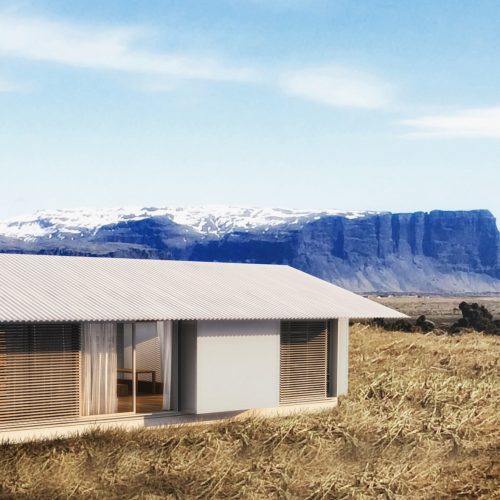Prefabricated homes or simply prefab homes have been a popular choice among homebuyers nowadays because of the numerous benefits that come with it such as faster build time, sustainability, and the ability to relocate anytime regardless of the owner’s reason.
If you haven’t fully grasped the concept of prefab homes, we’ll help you hit the books with the necessary information about it through these articles that are highly informative and not too technical to ensure that you’ll acquire everything you need to know.
GREEN GUIDE TO PREFAB: The History of the Mobile Home and Its Influence on the Modern Prefab
This Inhabitat article looks at prefab and trailer homes, as well as their evolution from boxes including the wide and double-wide homes.
The trailers as a home movement was an interim solution, which took root, grew to bigger homes, and is now seen in rows and rows of houses in subdivisions of squares and rectangles of uniformity.
Today’s modern prefab is moving in the different direction, as it is going towards sustainability, being environment-friendly, and green in all aspects of production.
One section discussed green prefabricated home as sustainable and energy efficient while another part showcased the benefits of a prefab home for the modern homeowner—making it a viable green option when choosing or building a home. Read the article by clicking here.
The HowStuffWorks article is part of a long article which explains how the prefabricated house works. The prefab home started out with trailers and has moved to today’s custom-capable modular homes.
It also cited that since the industry is big ($10 billion in 2007), it can now go beyond having a trailer, and even a wide or a double-wide residence. Moreover, prefab homes can be as large as several thousand square feet with multiple stories and basements. Read the article by clicking here.
Prefab Housing Can Have Benefits If Done Well
There is a housing blight when it comes to prefabricated homes—and these are the low-cost houses which are built in a subdivision project. There is a stigma as well to prefab homes due to the limited choices and the square design that come with it.
Nevertheless, there are advantages to prefabricated housing including costs and its easy assembly. However, a change in perspective about prefabricated designs is necessary before it can be seen without any social stigma.
The Guardian article explains the advantages of a prefab home including faster construction, low waste, an environmentally friendly construction process, flexibility, and a healthier build. It also cites several instances of prefab construction which are an inspiration for coming up with a better design. Read the article by clicking here.
Designer Prefab Homes: The Next Big Thing
Revolution Precrafted’s article explains limited-edition, pre-crafted properties including homes and pavilions. The blog acknowledges that the concept of pre-fabricated homes has come a long way from trailer houses.
Further, it espouses the idea that these can be modern creations, environment-friendly, and viable for luxury living yet be created at a low-cost. Other advantages cited in the article include uniqueness and exclusivity, superior quality, timeliness, and sustainability. Read the article by clicking here.
Prefab vs Traditional Homes: What’s the Difference?
The article discusses prefab homes by means of differentiating modern and traditional homes, and how these can be more than a box or a shelter.
The evolution of trailer homes to the current crop of prefab homes was also explained in terms of building codes, and modern trends and concepts like sustainability.
Among the differences cited between the traditional mobile or prefab home and the modern designs are the foundation, quality and speed of construction, house design, building code and regulations, and sustainability. Read the article by clicking here.
Why is the property industry dragging its feet over prefabs?
The United Kingdom was practically forced to adopt prefab housing after World War II, the vast majority of these are about to be demolished. In more than 50 years, there has not been any major changes in perception about prefab.
Modular housing, besides a change in terms from being called prefab, has also made use of a change in technology. The blog looks at the industry as a whole and how it can make this housing technology benefit a lot of people. Read the article by clicking here.
Learn Why Prefab Homes May Be a Great Option for You
The practical side of the prefab home is more than adequately presented by the author. The question about prefab or modular homes not being done more often is asked and given emphasis. This is not a competition on which is more sustainable or better.
The article puts forth the idea that the housing can be great, cheap, and customizable. Prefab or modular housing has the impression that it is fixed into models. This is not really the case, as anyone can make the house that they need and the one they want to live in. Read the article by clicking here.
Housing for the Future: Green Prefab Houses
With prefab or modular homes, the future is now. The current crop of modular homes no longer just addresses the needs of a quick setup and affordable housing. Today’s modular homes are sustainable and environment friendly. Read the article by clicking here.
While these are just a few of the numerous sources you can see in the internet, know that these materials are sufficient in providing you the information you need in understanding the prefab concept. Do you know any other useful references about prefab homes?




